THE future of mini it was defined in its essence. The current generation of models would still have a few more years on the market, with a new generation (4th) arriving sometime in 2020. But now, everything seems to have been “pushed” forward, with the year 2023 being mentioned for the arrival of a new generation.
If the year 2023 is confirmed, it means that the current generation will remain on the market for a decade, which, at the pace of the automotive technological evolution that we have witnessed, is an eternity. Why this happens is linked to the strategy defined by BMW — owner of the Mini — for its own future.
Given the level of uncertainty currently surrounding the future of the automobile, and above all its profitability — such as the issues surrounding electric mobility — BMW decided to focus its development efforts on two “future-proof” architectures.
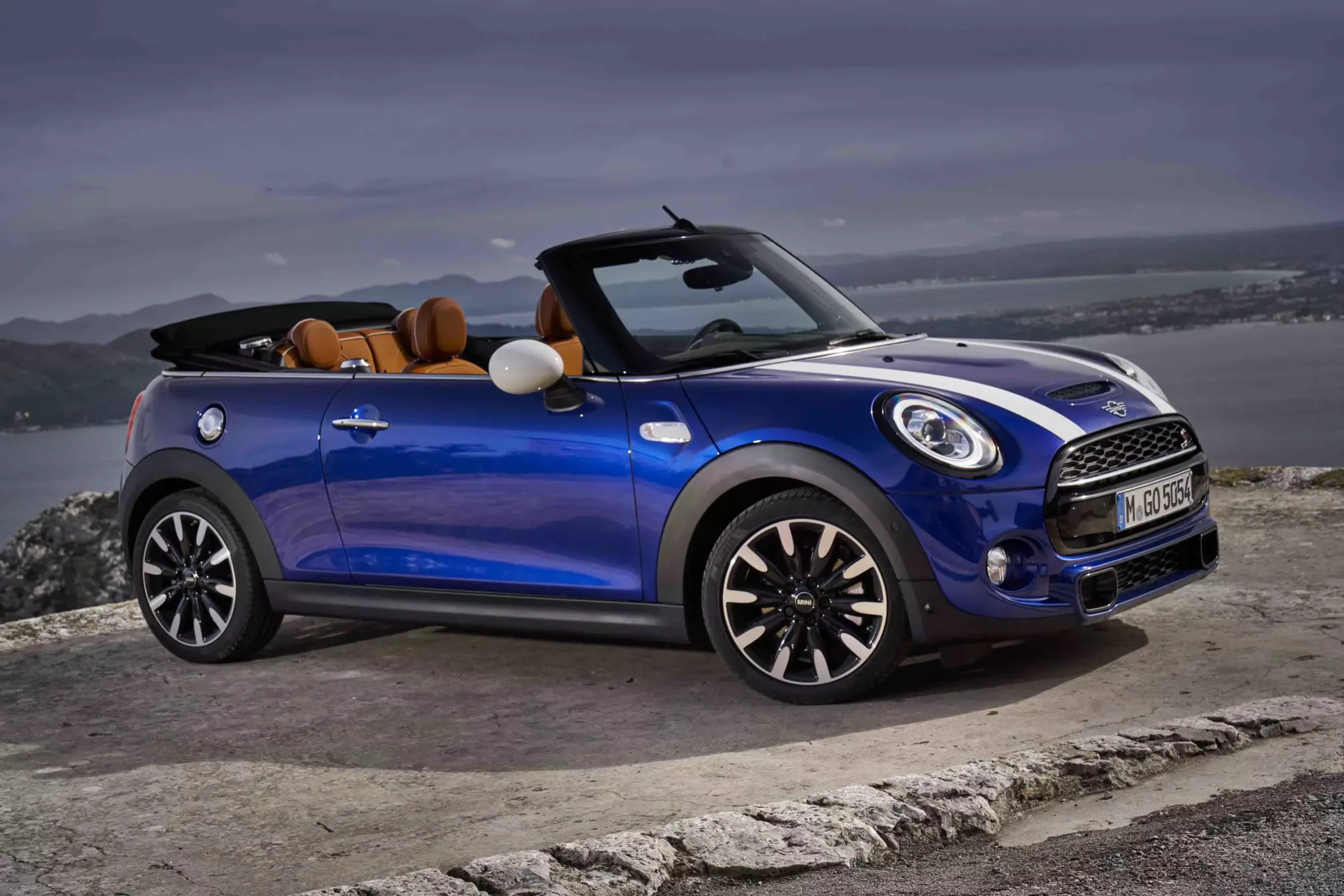
the already known CLAR , whose base architecture is rear-wheel drive, and a new one for front-wheel drive called DO , are being designed to be able to receive all types of engines — internal combustion, plug-in hybrids and electric — thus managing to face all future scenarios, with controlled costs.
Subscribe to our newsletter here
FAAR vs UKL
It is this new FAAR architecture at the root of the problems for the Mini's future. Today, Mini uses the UKL for all its models, and is even shared with front-wheel drive BMWs such as the X2 or the 2 Series Active Tourer, and even the successor to the current 1 Series.
Of course the Mini, like future generations of front-wheel-drive BMWs, would see the UKL replaced by the FAAR, but this need to be “future-proof” makes the FAAR excessively expensive and large.
If for BMW there is no problem, as its range of models starts in the C-segment, for the Mini it would mean even bigger models than the current ones, which are already “accused” of not being very… “mini”. But the costs associated with the new architecture should be the most difficult problem to overcome, making the Mini's future profitability delicate — with just over 350,000 units per year, it is considered a small-scale brand.
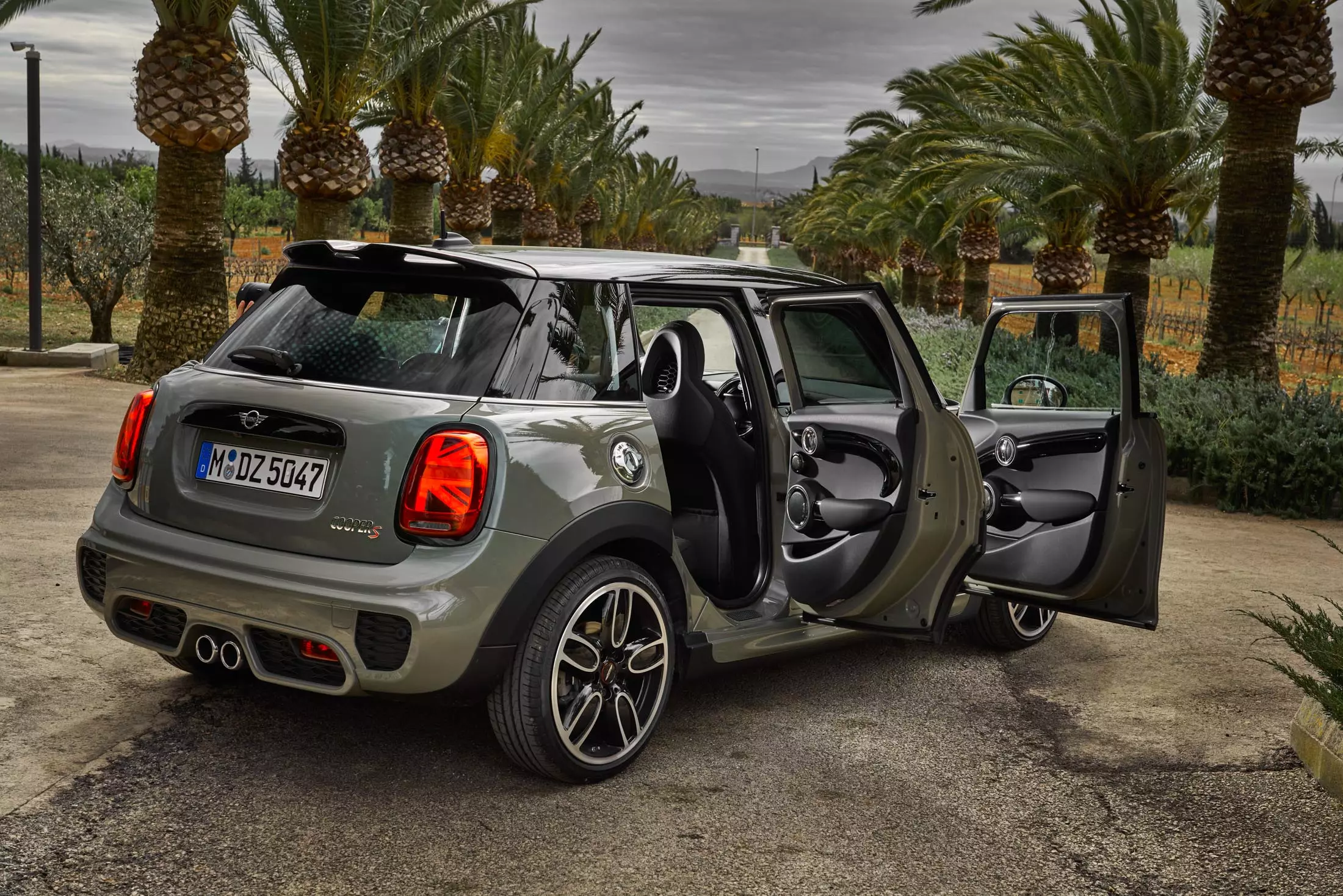
Why not keep UKL?
To deal with this issue, one solution would be to extend the lifespan of the UKL another generation by evolving it. But here we are again faced with a problem of scale.By sharing the UKL and the various integrated technologies with BMW models, the Bavarian brand manages to extract annual production volumes of more than 850,000 units from the UKL. With the phased replacement of the UKL by FAAR (starting in 2021), leaving only Mini to make use of the UKL, this number would drop to less than half, which would again hamper the healthy profitability of the brand's models.
Another solution is needed…
The industrial logic is clear. It takes another platform, and to have the necessary scale, it needs to be a shared effort with another manufacturer.
BMW has recently done this with Toyota, for the development of the Z4 and Supra, and it is known that there were talks between the two manufacturers for a new front-wheel drive architecture, but no agreement was reached.
The most promising solution will be, it seems, in China.
The Chinese Solution
BMW's presence in the Chinese market was made through a (mandatory) joint venture with a Chinese company, in this case Great Wall. This partnership could be the solution to guarantee the Mini's future, with the development of a new “everything ahead” platform for compact models. This is not an unprecedented situation in the industry — Volvo's CMA was developed halfway with Geely.
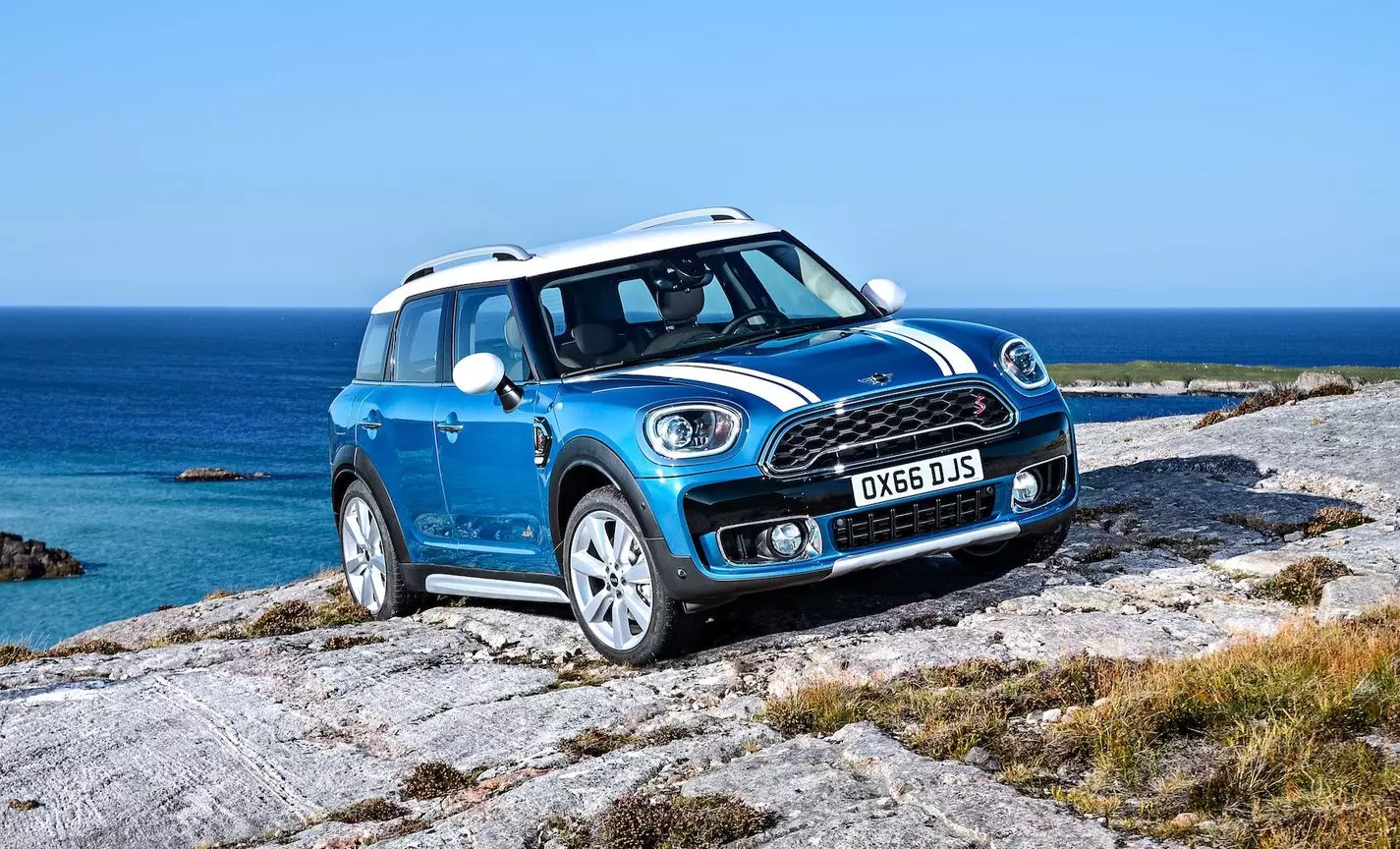
The Chinese solution, if it goes ahead, solves many of the problems that BMW is facing for the future of the Mini. The platform's development costs will be lower, which will facilitate the amortization of the investment in a family of models aimed at the lower segments of the market, whose sales price is lower than any BMW that derives from the same platform.
It will also make it possible to produce the Mini not only in Europe, but also in China, supplying the local market and avoiding high import taxes, with the possibility of substantially increasing the number of Mini sold there, which in 2017 was only 35,000 units .
What to expect from future Mini
We are still 4-5 years away from seeing a new generation of Mini models, should this solution move forward, but if that happens, the Mini model family is expected to be different from the current one. In order to guarantee profitability, the bet will be on bodies with the highest production volume, so the Cabriolet will hardly have a successor, even considering, of the 3-door Mini get by the way — in other words, the most iconic bodywork of all.
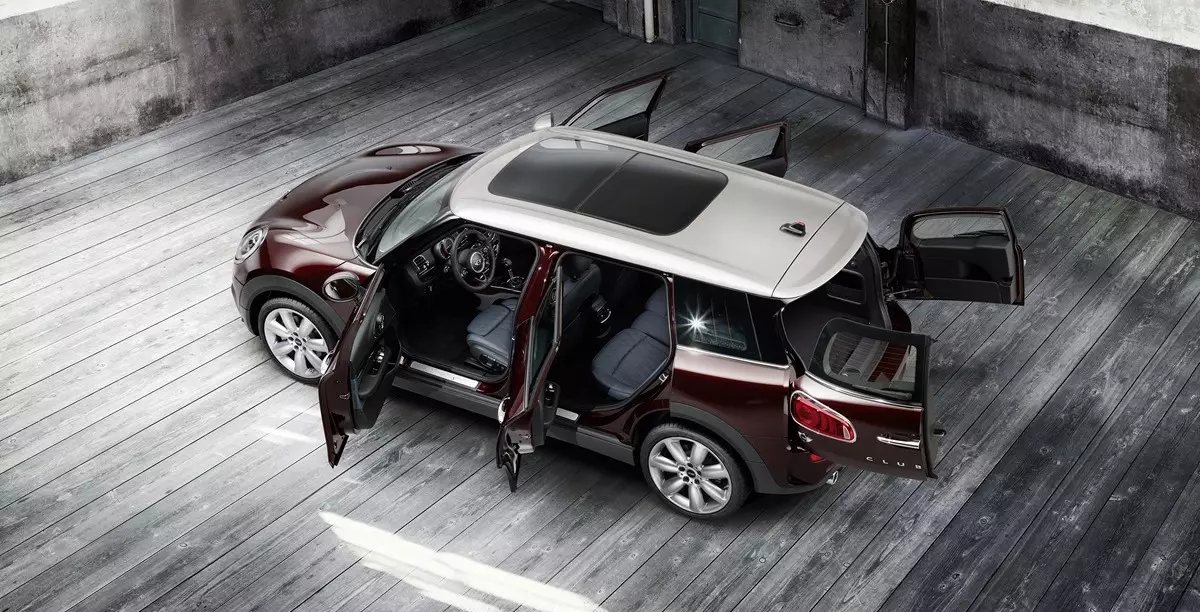
The family will stick to the five-door bodywork, the Clubman van and the SUV/Crossover Countryman, and it is expected that this new generation of models will occupy less area on the road than the current ones on sale - a consequence of the physical limitations of the UKL, the current generation couldn't be much smaller.
Expect not only conventional variants with internal combustion engines — most likely with semi-hybrid systems — but electrical variants as well. The Mini Electric to emerge in 2019, however, will still derive from the current model.
The fourth generation of the Mini and consequent family of models, if the Great Wall solution is chosen, will still take some time — a new platform must be developed from scratch…
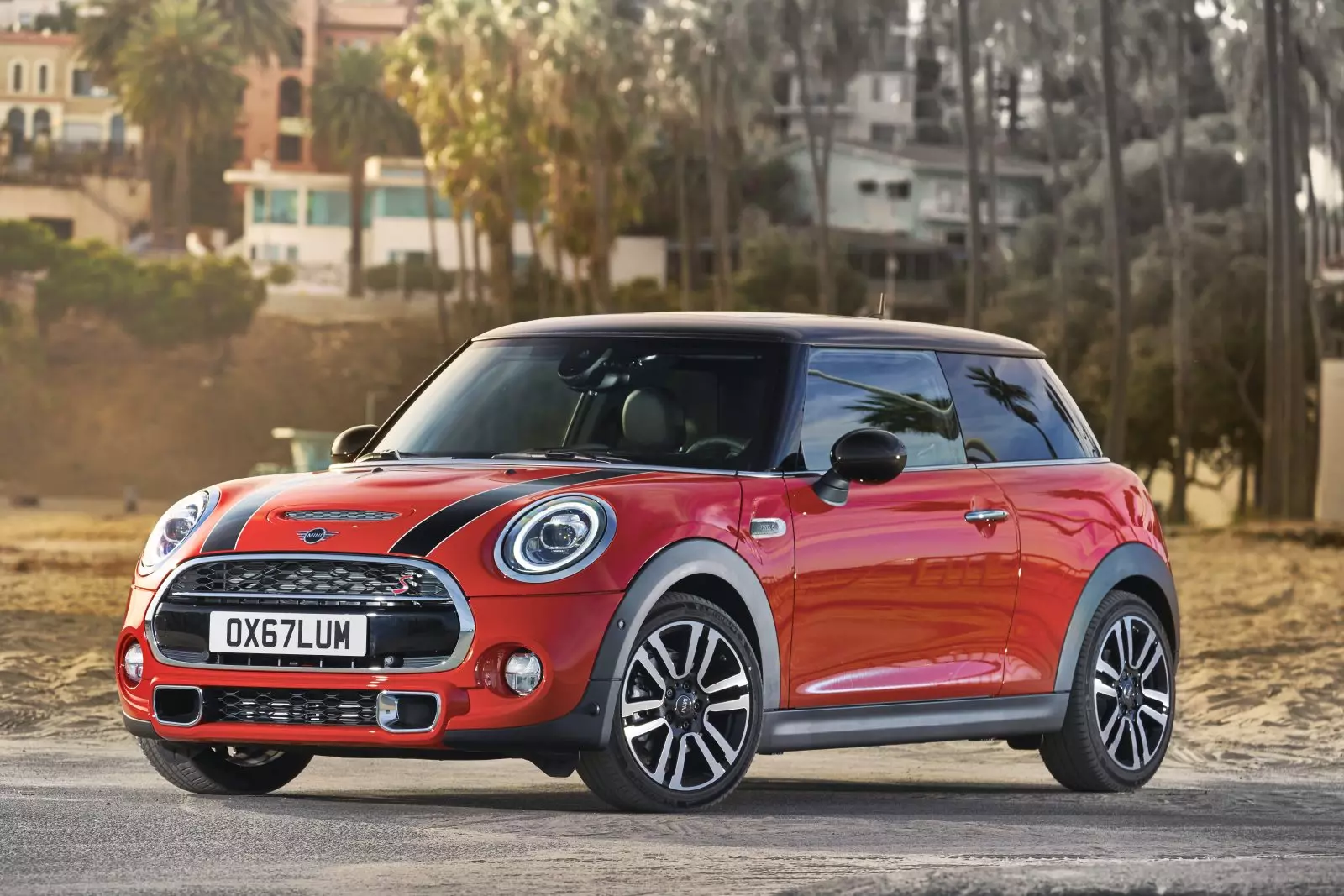
Source: Autocar
